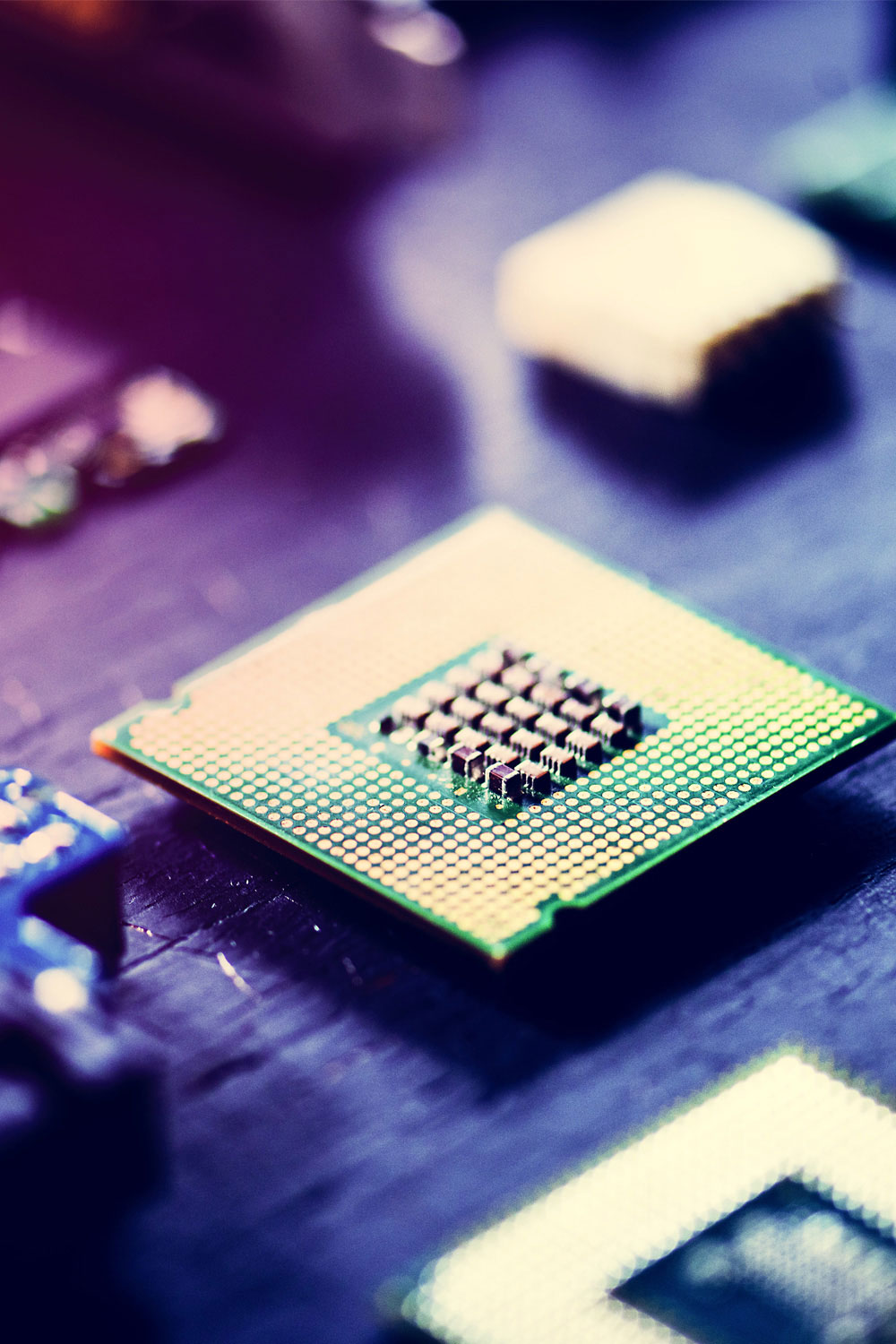MediaTek Aims to Change Smart TVs
December 7, 2021 - Author: Aakash Jani
MediaTek’s Pentonic 2000 processor aims to transform TVs into communication and gaming devices. The chip is packed with CPU, GPU, and AI-engine improvements, providing the hardware prowess for innovative software. The 8K-resolution chip integrates stock Arm CPU and GPU designs—a quad Cortex-A76 CPU cluster and a tri-core Mali-G57 GPU—plus a custom tri-core AI engine.
Although 8K simply adds more pixels, the transition provides an opportunity to add other capabilities. For example, MediaTek plans to turn our playback-only TVs into bidirectional communication devices. New TVs will enable remote watch parties, letting everyone view the content and the audience’s reaction in real time. MediaTek specialized its in-house AI hardware for new applications such as high-resolution picture-in-picture and upscaling for high-frame-rate gaming. These features enable a TV to run popular Android games.

The growing Taiwanese company is a leader in the smart-TV market, holding 65% market share. In 2021, it expects to ship more than 100 million smart-TV chips, and that business continues to grow by 20% annually. MediaTek hopes the Pentonic 2000 will accelerate that growth with its novel capabilities. For example, it will be the first to unveil Dolby 8K and Dolby Gaming for smart TVs.
The TV development cycle is far longer than that of smartphones, so we expect TVs with the Pentonic 2000, manufactured in a 7nm TSMC process, to reach customers in 1Q23. The new chip will replace the MT9950, MediaTek’s current 8K-TV chip. We expect its premium features will trickle down to mainstream 4K and eventually low-end HD chips.
Subscribers can view the full article in the Microprocessor Report.









